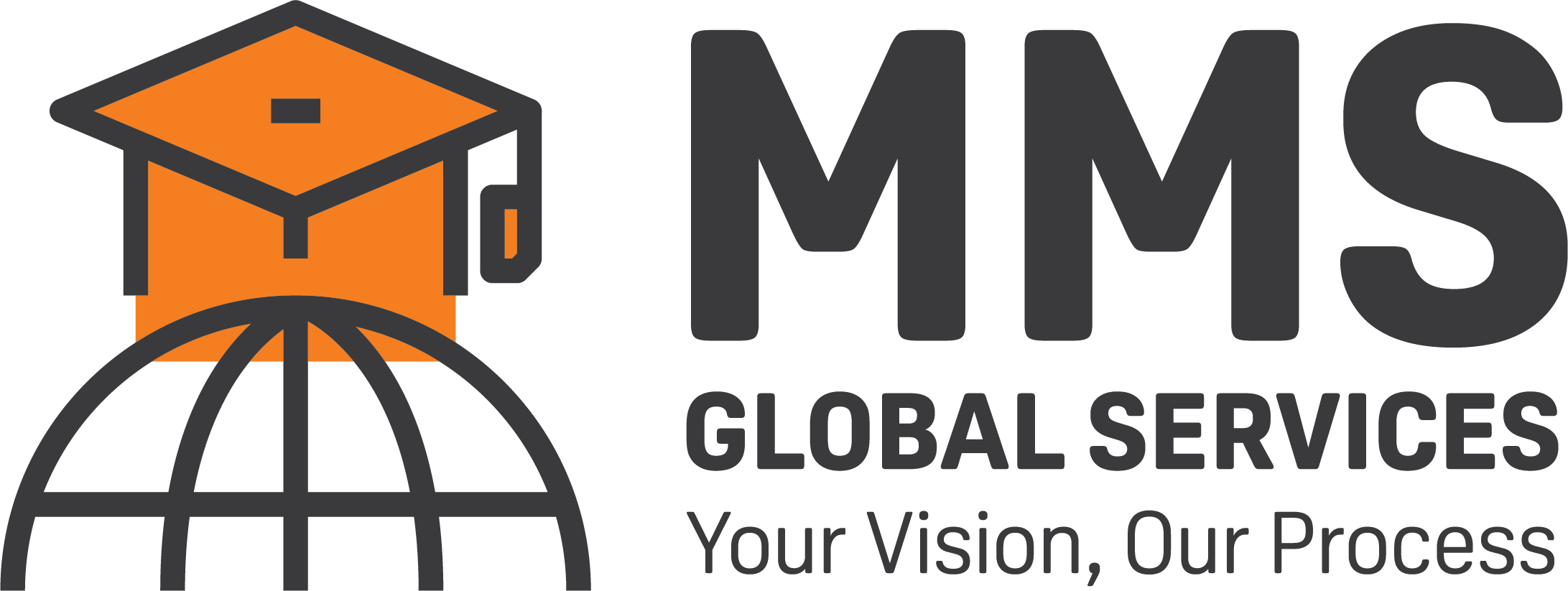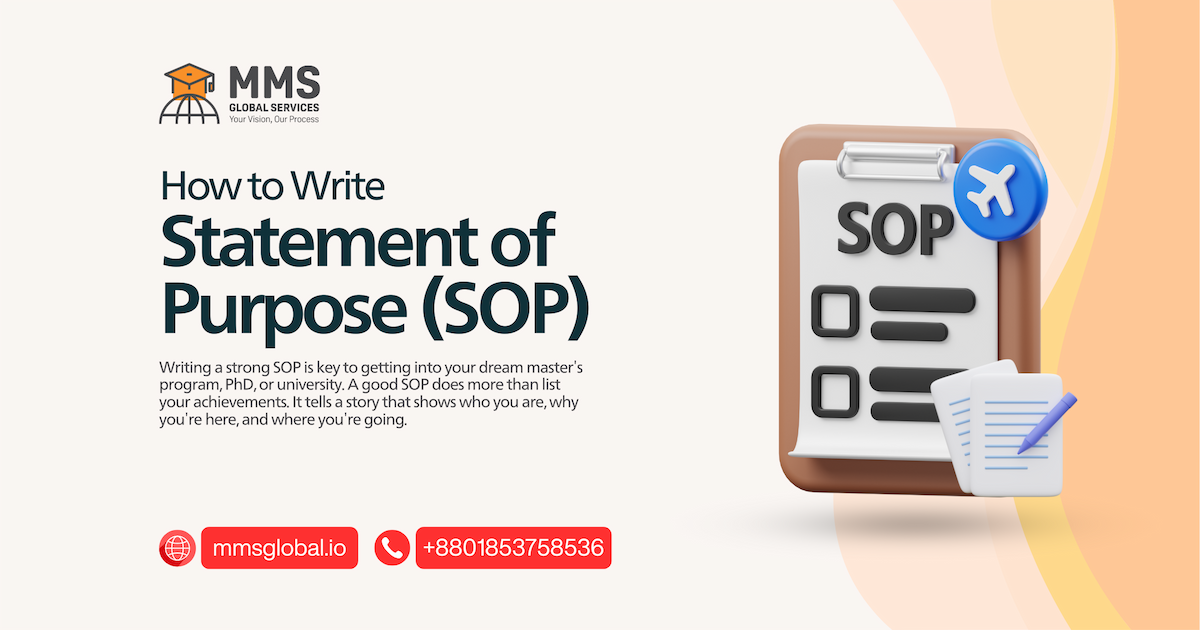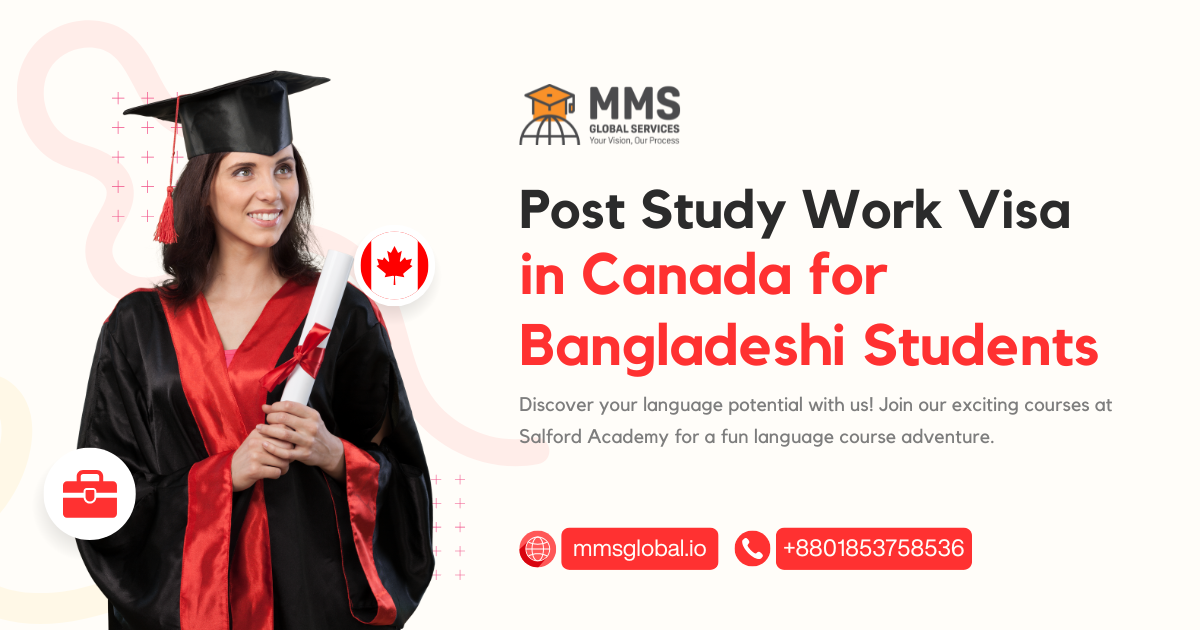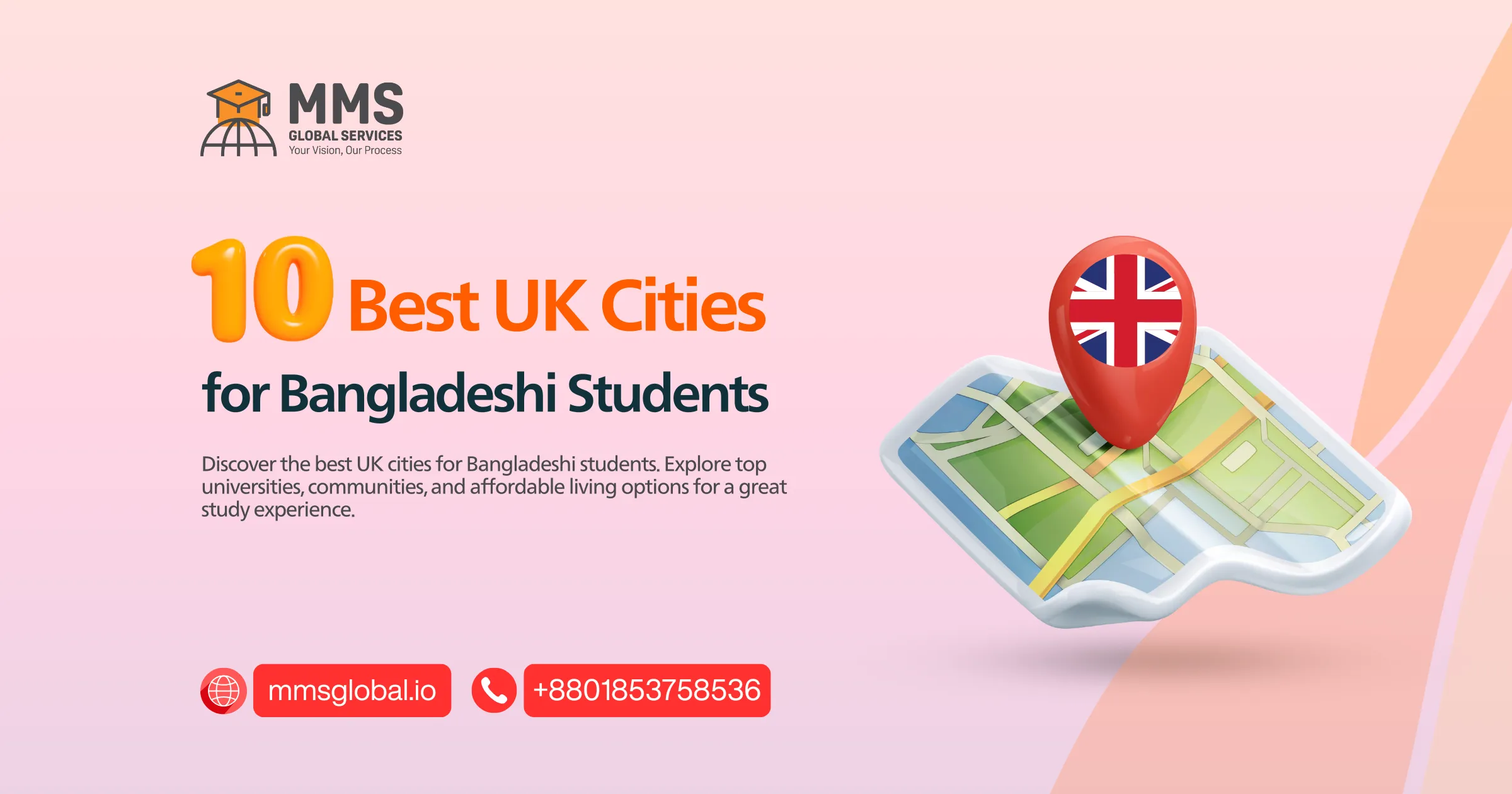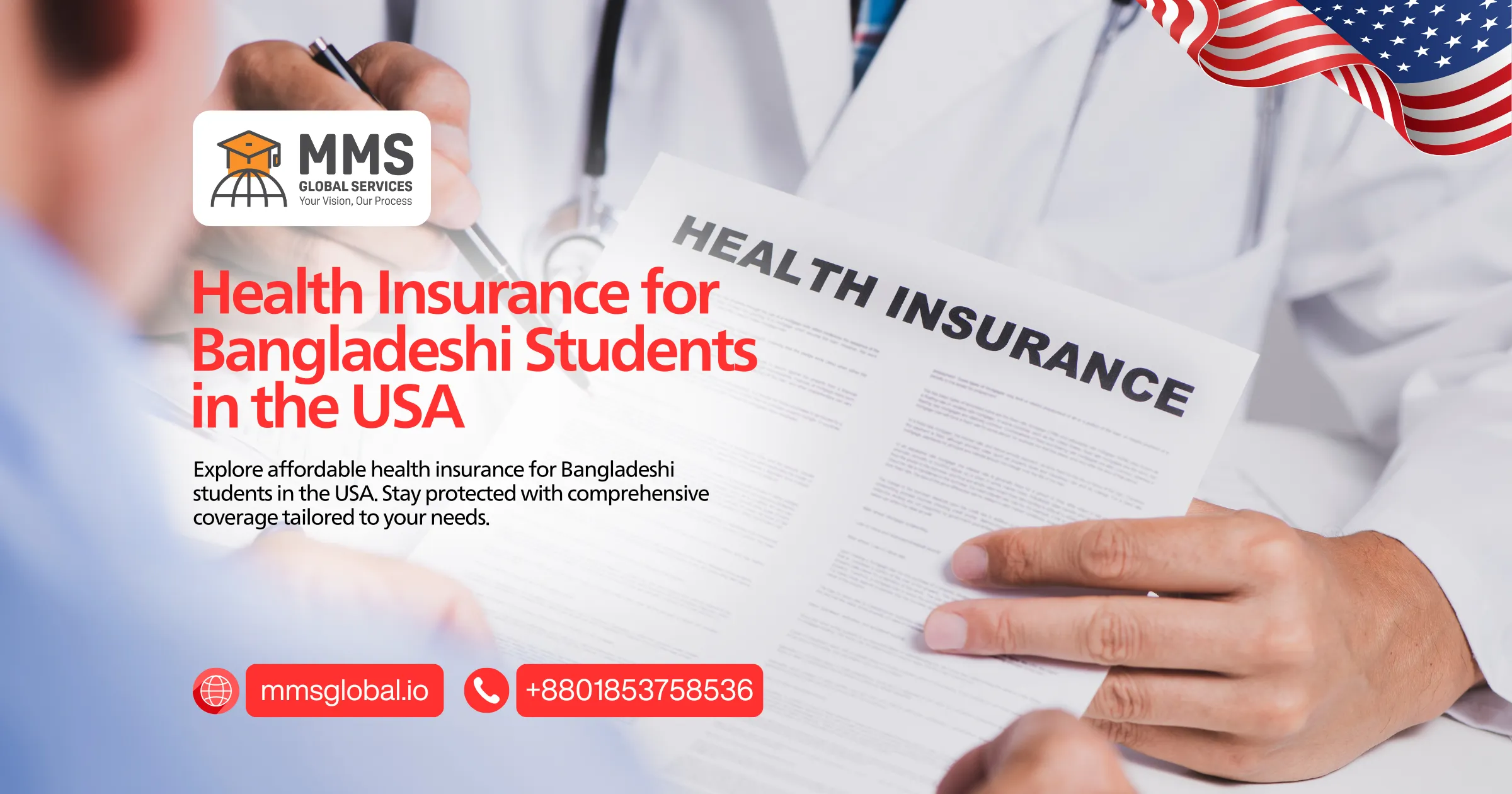The US student visa process can be complex. But knowing the essential requirements is key for a successful application. There are three main student visa types: F, M, and J. Each has its own set of requirements.
The F-1 visa is the most common. It lets students work on-campus up to 20 hours a week during school. They can work up to 40 hours during breaks. This makes the application process easier for those studying in the USA.
To apply, we must first choose a college and program. Then, we apply for admission. After being accepted, we get a Form I-20. This is a paper record of our information in SEVIS, a database.
This is a critical step in the visa application process. With the right guidance, we can ensure a successful application. This will allow us to start our American educational journey.
Understanding the essential requirements for US student visas is important. We will explore the details of these requirements and the application process. This guide will help us navigate the journey of studying in the USA.
US Student Visa Requirements in 2025
Getting a US student visa requires knowing the f1 visa rules and the various international student visas. The US has three main student visas: F-1, J-1, and M-1. Each visa has its own purpose and rules. For example, the F-1 visa is for those studying for an academic degree or learning English full-time.
New visa rules, like the SEVIS fee, are important to remember. The SEVIS fee is a one-time payment needed for F-1 / J-1 visas. Knowing these rules helps in applying for a student visa. We’ll share tips for visa interviews at the US embassy and walk you through the application process for a USA student visa.
To get a US student visa, you need to meet certain criteria. This includes showing you can speak English and having enough money for living expenses. Not all students need a visa, but those who do must understand the f1 student visa rules and follow the application steps. By knowing the different visas and recent policy changes, you can make your application smooth and successful.
| Visa Type | Purpose | Requirements |
|---|---|---|
| F-1 | Academic degree or English language study | Proof of English proficiency, sufficient funds, and admission to a US university |
| J-1 | Exchange visitor program | Proof of English proficiency, sufficient funds, and participation in a US exchange program |
| M-1 | Vocational or non-academic study | Proof of English proficiency, sufficient funds, and admission to a US vocational school |
Getting Started with Your Student Visa Application
The student visa application process can seem daunting. But, breaking it down into smaller steps makes it easier. First, pick a college and program, then apply for admission. After getting accepted, you’ll get a Form I-20, a key document for your visa application.
International student visa needs vary, but you’ll usually need to show proof of admission, financial support, and English skills. Remember, the visa application can take months. So, apply early and plan ahead. For tips on the US student visa interview, research common questions and practice your answers.
Here are some important steps to remember:
- Apply to a SEVP-approved school
- Pay the SEVIS I-901 fee
- Complete the DS-160 form
- Schedule a visa interview
Keep enough financial evidence and report to your DSO when you arrive in the US. By following these steps and understanding the process, you can boost your chances of a successful application.
| Visa Type | Description |
|---|---|
| F-1 | For studying at an accredited US college or university or English language institutes |
| J-1 | For participation in exchange programs, which includes high school and university study |
| M-1 | For non-academic or vocational study or training in the US |
Essential Documentation for Your Student Visa
Gathering the right documents is key when applying for a student visa. You’ll need a valid passport, a Form I-20You will also need proof you can speak English for the student and exchange visitor information. You might also need your school records and proof of money to pay for your studies.
Understanding visa sponsorship for students is important. Make sure to check your application documents carefully. You’ll need a birth certificate, a passport photo, and sometimes letters of recommendation and a personal statement.
- Valid passport
- Form I-20
- Proof of English language proficiency
- Academic transcripts and diplomas
- Financial documentation, such as bank statements and scholarship awards
- Birth certificate and passport photo
- Letter of recommendation and statement of purpose (if required)
Having all your documents ready can help your visa application succeed at the US embassy or consulate. Double-check the requirements and apply early to avoid delays.
| Document | Description |
|---|---|
| Form I-20 | Certificate of Eligibility for Nonimmigrant Student Status |
| Passport | Valid passport with at least six months’ validity beyond the intended period of stay in the U.S. |
| Proof of English language proficiency | TOEFL or IELTS score report |
Understanding Form I-20 and SEVIS Requirements
When applying for a student visa, knowing about Form I-20 and the Student Exchange Visitor Information System (SEVIS) is key. The Form I-20 proves a student’s eligibility for a visa. It’s given by schools that are certified by the Student and Exchange Visitor Program (SEVP) after a student is accepted. After being accepted, we must pay the I-901 SEVIS fee to get our visa.
The Form I-20 has important details like SEVIS ID numbers and study program information. It’s vital to remember that students can enter the US 30 days before their start date. F-1 and M-1 visas can be issued up to a year before the program starts. To start the visa application, we need the original Form I-20 and to pay the I-901 SEVIS fee. This fee helps cover the cost of the system that tracks student data.
Here are some key points to consider when dealing with Form I-20 and SEVIS requirements:
- Eligibility for dependents requires obtaining a separate Form I-20 for each dependent accompanying the student.
- The Form I-20 dictates the type of student visa obtainable from the U.S. Department of State.
- Students must update or obtain a new Form I-20 in cases of changes such as program of study or personal information changes.
Understanding Form I-20 and SEVIS requirements helps us navigate the visa application smoothly. It’s important to review and follow these requirements carefully. This way, we can avoid any delays or problems with our visa applications.
| Form I-20 Information | SEVIS Requirements |
|---|---|
| SEVIS ID numbers | I-901 SEVIS fee payment |
| Program start and end dates | SEVIS registration |
| Intended study programs | SEVIS tracking |
Financial Requirements and Proof of Funds
When applying for a student visa, knowing the financial needs is key. We must show we can cover living costs, tuition, and fees. This is a big part of the application.
Annual costs for students vary, from $56,339 to $95,186. Married students might need an extra $4,000, and families with kids add $2,000 per child. We need to prove we have enough money, through savings, scholarships, or sponsorships.
To apply, we must show where our money comes from and how much we have. This can be bank statements, financial aid letters, or sponsor forms. Our bank statements must be recent, within 90 days. If sponsored, we might need more paperwork.
Calculating Required Funds
We need to figure out how much money we need. This includes tuition, living costs, travel, and the visa fee. We should think about:
- Annual tuition and fees
- Living costs like room, board, and personal expenses
- Travel costs, including flights and other expenses
Acceptable Sources of Funding
There are a few ways to fund your visa application:
- Personal savings
- Scholarships
- Sponsorships
Understanding the financial needs helps us apply smoothly. It’s important to follow the application rules and provide all needed documents.
Completing the DS-160 Form
When applying for a student visa, filling out the DS-160 form is a key step. This online form asks for personal, work, and school details. It also needs a passport photo and your signature. It’s vital to fill it out correctly to avoid delays.
The DS-160 is needed for nonimmigrant visas, like F-1 student visas. You must fill it out online, which takes about 90 minutes. Make sure to submit it within one year before your interview date.
Here are some important things to remember when filling out the DS-160 form:
- Keep a valid passport for at least 6 months after your stay in the U.S.
- Use a digital photo that meets US Department of State standards.
- Answer security questions about your personal and travel history.
- Include the SEVIS ID number from your school.
Double-check your DS-160 form for accuracy. Mistakes can cause visa denial. By following these tips, you can improve your chances of getting a student visa. This will help you study in the U.S. and use valuable visa interview tips.
For more help with the student visa application and interview tips, talk to experienced schools and advisors. They can guide you through the process and help you reach your goals.
| Document | Requirement |
|---|---|
| Passport | Valid for at least 6 months beyond the intended stay in the U.S. |
| Digital Photograph | Meets US Department of State standards |
| SEVIS ID Number | Assigned by the educational institution |
Scheduling and Preparing for Your Visa Interview
Understanding the visa interview is key in the student visa application process. Being well-prepared can greatly affect the outcome. Here are some tips and common questions to expect.
Make sure you have all needed documents for your interview. This includes your passport, DS-160 confirmation page, and SEVIS fee receipt. You’ll also need to talk about your academic background, career goals, and study plans in the US. Some common questions are:
- What are your academic and career goals?
- Why did you choose to study in the US?
- How will you support yourself financially while studying in the US?
By following these tips and being ready for common questions, you can boost your chances of success. Stay calm, be honest, and show your passion for studying. With good preparation and knowledge of the process, you’re on your way to achieving your academic goals in the US.
| Document | Description |
|---|---|
| Passport | Must be valid for at least six months beyond the intended stay in the US |
| DS-160 confirmation page | Proof of completed visa application |
| SEVIS fee receipt | Proof of paid SEVIS fee |
Processing Times and Application Fees
Understanding the student visa processing time and fees is key. The visa application process can be complex. Knowing these details helps us plan and avoid delays in the visa issuance process.
The processing time for a student visa is usually 3-5 weeks. But, it can take up to 2-3 months for some. Applying early is important because the wait for an interview can vary.
Current Fee Structure
The student visa application fee is $160, and it’s not refundable. There’s also a SEVIS I-901 fee of $350 for F-1 visa applicants. We need to include these costs in our budget.
Expected Processing Duration
Here’s a quick look at the typical processing times:
- Average student visa processing time: 3-5 weeks
- Maximum processing time: Up to 2-3 months
- Time frame for receiving visa hard copy after approval: 2-3 days
Knowing the processing time and fees helps us smoothly apply for a visa. This ensures a smooth start to our studies in the United States.
| Visa Type | Application Fee | SEVIS Fee |
|---|---|---|
| F-1 | $160 | $350 |
| J-1 | $160 | $220 |
| M-1 | $160 | $350 |
Special Considerations for Bangladeshi Students
Getting a U.S. student visa has special steps for Bangladeshi students. You need to show you can speak English well. This can be done with IELTS or TOEFL scores. Also, you must have enough money for living costs.
To study in the USA, Bangladeshi students must meet certain rules. They need to be accepted into a full-time program and have enough money. The F-1 visa is common for students, letting them stay for their program and extra training.
Here are some key points for Bangladeshi students:
- Proof of English language proficiency through IELTS or TOEFL scores
- Sufficient funds to maintain living expenses
- Acceptance into a full-time academic program
- Completion of the visa application process, including the submission of required documents and attendance at a visa interview
Knowing these special needs and following the student visa requirements for Bangladeshi students can help. This way, you can make your dream of studying in the USA come true.
Keep up with the latest U.S. student visa rules. This will help your application go smoothly.
| Visa Type | Eligibility Criteria | Duration of Stay |
|---|---|---|
| F-1 Visa | Acceptance into a full-time academic program, sufficient financial resources | Duration of academic program plus authorized practical training period |
| M-1 Visa | Enrollment in a recognized vocational program, ability to support oneself financially | Duration of vocational program |
Maintaining Your Visa Status After Approval
As international students, we know how vital it is to keep our student visa status in check. We must fulfill academic duties, like taking a full course load and moving towards a degree. We also need to follow rules about work and travel.
Here are some important tips for keeping our visa status:
- Finish at least one full academic year at a SEVP-certified school to get annual vacation
- Avoid working off-campus without permission, as it can cause serious problems and deportation
- Always carry our passport and I-94 card to prove we’re legally in the US
F-1 students get 60 days to find a new path after finishing their program or OPT/STEM Extension. J-1 students have 30 days. We should check in with our International Office within 30 days of arriving in the US. Also, ask for I-20 extensions at least 30 days before the end date on Section 3 of the Form I-20.
By sticking to these rules, we can have a smooth and successful time studying in the US as a visa holder. Always check the specific rules for keeping your visa status. And plan ahead to meet the requirements for your student visa.
| Visa Type | Grace Period | Employment Restrictions |
|---|---|---|
| F-1 | 60 days | Authorization required for off-campus work |
| J-1 | 30 days | Authorization required for off-campus work |
Common Reasons for Visa Denials and How to Avoid Them
Applying for a student visa can be tough, and getting denied is a letdown. Knowing why visas are denied can help you succeed. Many applications fail because they’re not complete, or because of language or money issues.
Some main reasons for visa denials include:
- Incomplete or inaccurate applications
- Lack of proof of English language proficiency
- Insufficient funds to maintain living expenses
- Prior US visa denials
- Documentation issues, such as forgetting key application documents
To avoid being denied, make sure your application is complete and accurate. Show you can pay for your studies for at least a year to meet the financial requirements for your USA study visa. Also, impress during your visa interview by speaking English well.
Understanding why visas are denied and how to avoid it can help you successfully apply for your student visa. Getting help from experts can also make a big difference. By following the application process and preparing for your interview, you can lower your chances of being denied.
Knowing the common reasons for visa denials and how to avoid them can boost your chances. Make sure your application is thorough and complete. Also, practice for your visa interview to show your English skills.
Starting Your American Educational Journey with MMS Global Services
Starting your study in the USA is a big step. You need to know the additional documents required for your visa application. It might seem tough, but with good preparation and guidance from the international student office, you can make it through and achieve your academic goals in America.
The USA has over 4,000 accredited colleges and universities. They offer many educational paths. Even though tuition can be high, there are scholarships and assistantships to help. By knowing what you need, you can start a rewarding American educational journey.
Getting a U.S. student visa might face some hurdles. But with the right attitude and hard work, you can beat the challenges of obtaining a non-immigrant visa. We wish you the best of luck on this exciting journey as you prepare to apply and be accepted into your program. You will join a vibrant international community on American campuses.
